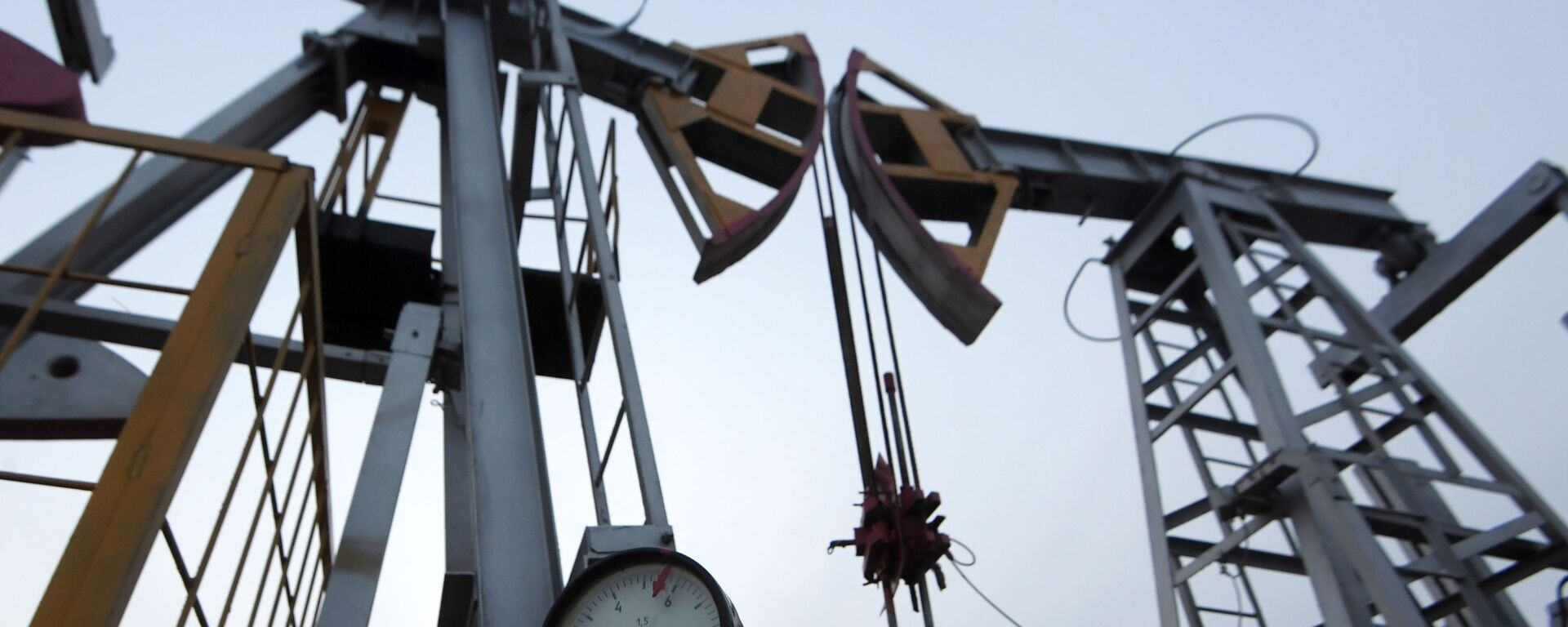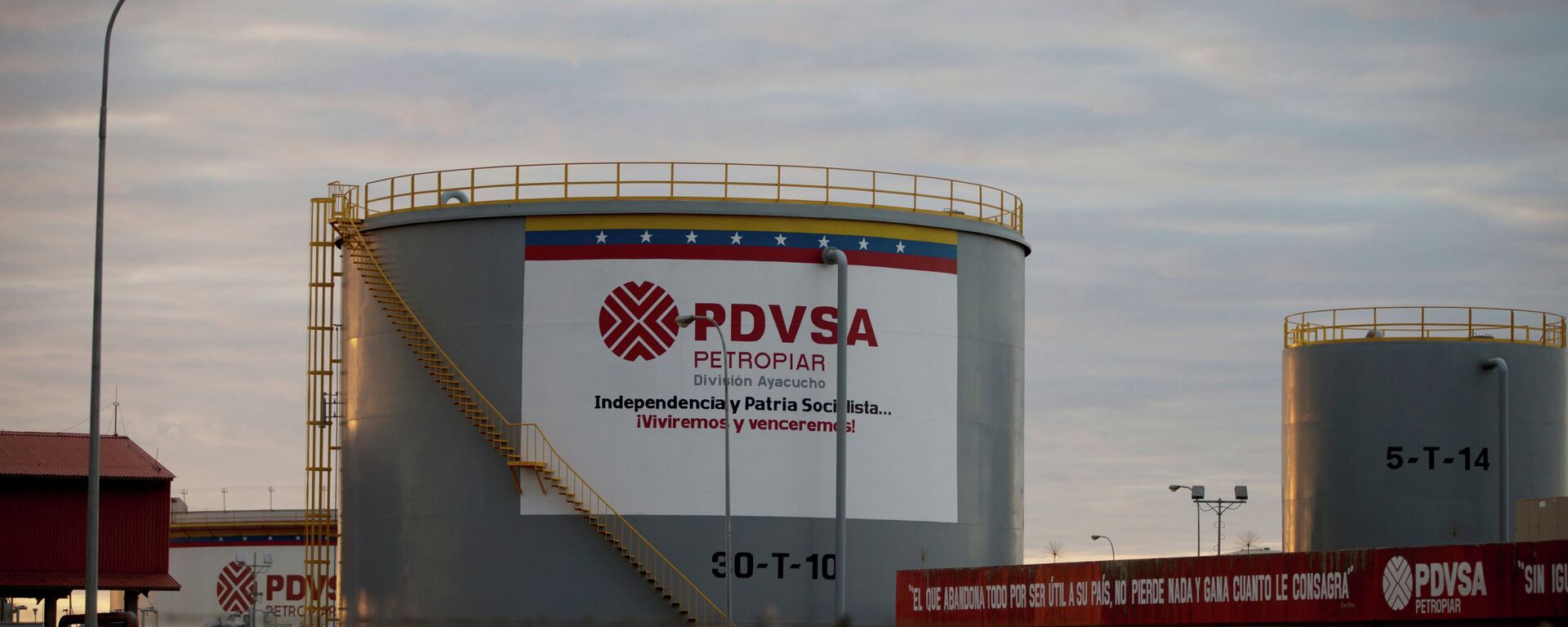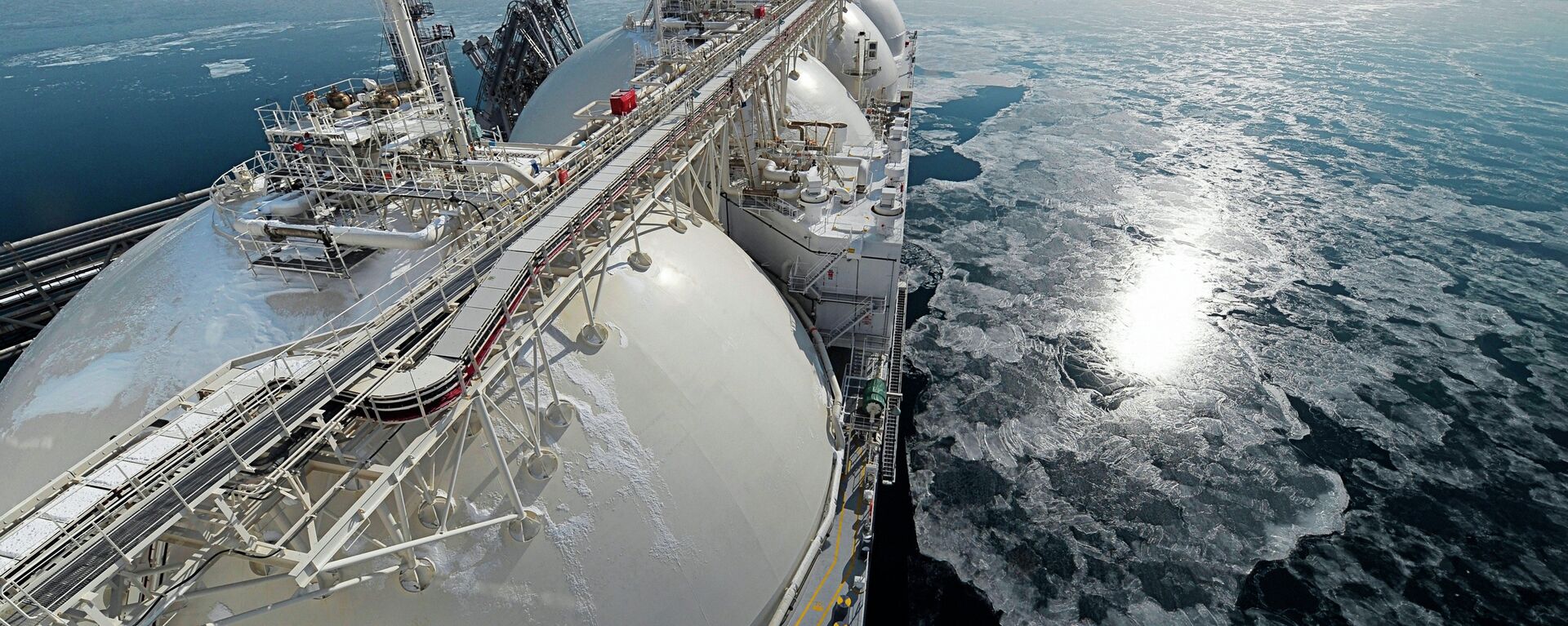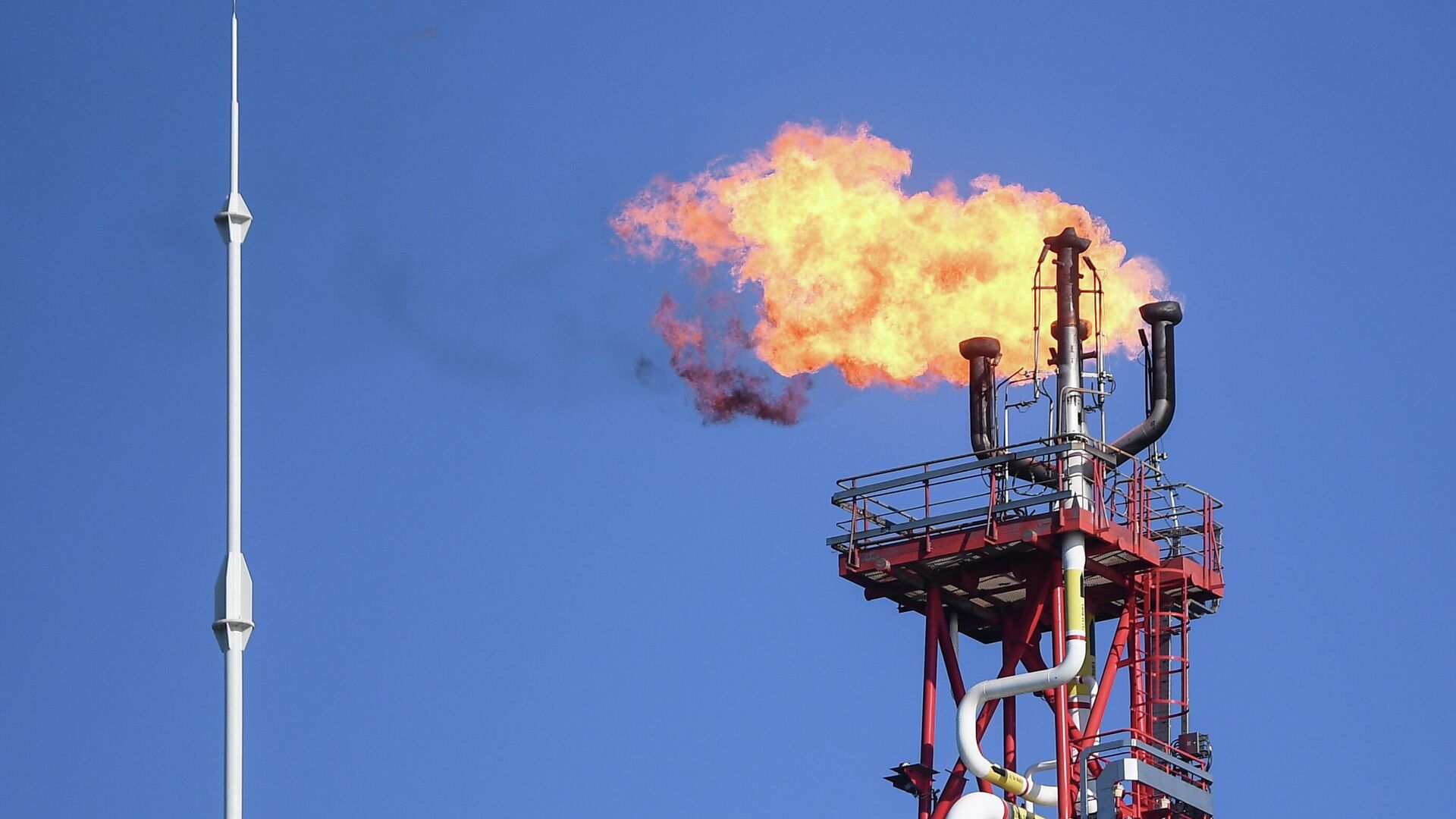https://sputnikglobe.com/20221129/why-g7s-muddled-plan-to-cap-russian-oil-prices-is-bursting-apart-at-the-seams-1104834100.html
Why G7's Muddled Plan to Cap Russian Oil Prices is Bursting Apart at the Seams
Why G7's Muddled Plan to Cap Russian Oil Prices is Bursting Apart at the Seams
Sputnik International
The EU failed to agree on price caps on Russian seaborne crude oil again on Monday, even though the mechanism is due to enter into force on December 5. What's... 29.11.2022, Sputnik International
2022-11-29T15:45+0000
2022-11-29T15:45+0000
2022-12-19T13:53+0000
sputnik explains
us
russia
europe
g7
developing countries
china
turkiye
oil
petroleum
https://cdn1.img.sputnikglobe.com/img/07e6/09/02/1100302830_0:104:2763:1659_1920x0_80_0_0_bf83ce5efdbb854a0c5b079481b3943d.jpg
The G7 came up with an idea to cap Russia's oil price in June 2022 as part of its broader sanctions policies over Moscow's special operation to demilitarize and de-Nazify Ukraine. The plan envisaged a mechanism to set a maximum price on Moscow's crude – irrespective of market conditions – which would be applied to the commodity's seaborne deliveries.The initiative sought to reach two major objectives: first, to punish Moscow and curb its ability to earn oil revenues; second, it is believed that a price cap on Russian oil would help fight global inflation. In September it was agreed that the price cap would take effect on December 5, 2022, for crude oil and February 5, 2023, for petroleum products. Still, the cap's level has yet to be decided.The G7's grand design has sown discord within the EU. The proposed price cap of $65-70 per barrel does not satisfy Poland, Lithuania and Estonia. According to them, the price cap should be set as low as $30 per barrel to hurt Moscow given that Russia's production costs are estimated to be about $20 per barrel. Furthermore, Warsaw argued that Russian crude is already trading at around $63, lower than the 65$ cap.In contrast, Greece, Malta and Cyprus are advocating either a higher price cap or compensation to protect their shipping industries. The aforementioned countries stand to lose the most if Russian oil shipping is obstructed. The divisions are preventing the EU from adopting the measure, given the bloc's unanimity rule.For its part, Russia has made it crystal clear that it won't sell crude to those implementing the measure. Earlier this month, Deputy Prime Minister Alexander Novak specified that in the case that thecap comes into affect, Russia would either redirect its crude supply to "market-oriented partners" or slash production.G7 officials are well aware of the potential havoc on the energy markets in the event of Russia's curbing oil extraction. That would lead to a new hike in energy prices, which in their turn would accelerate already skyrocketing inflation. To complicate matters further, no OPEC+ nation could instantly fill Russia's shoes given that the latter is the world’s largest exporter of oil to global markets and the second-largest crude oil exporter behind Saudi Arabia.Who Buys Russian OilEarlier this year, the US, UK, and EU banned Russia's hydrocarbons over Moscow's special military operation in Ukraine. While the US' ban came into effect in March, Britain vowed to phase out Russian oil imports by the end of 2022. The EU is expected to stop buying all Russian crude oil delivered by sea (two-thirds of the bloc's imports were Russian crude) from early December 2022 and to ban all Russian petroleum products from February 2023.Despite the volume of oil purchased by the West has been steadily decreasing since the beginning of the year, developing countries jumped in and picked up the baton. In September, Indian Finance Minister Nirmala Sitharaman revealed that Russian oil had reached 12% of the country's overall purchases of the commodity. "We speedily ramped up Russian oil imports from 2% to 12%," Sitharaman stated on September 8 at a Delhi event, as quoted by western press.In June 2022, India’s supply of Russian crude soared to nearly one million barrels per day, up from 800,000 barrels per day in May. In October 2022, Russia supplied 946,000 barrels per day of crude to the Asian giant.China remained the largest buyer of Russian seaborne crude, importing a whopping one million barrels per day in October. Beijing started to bolster its purchases of Russian oil after the military operation began: the People's Republic imported 17% more Russian crude between April and July from the same period a year ago.For its part, Turkey doubled its imports of Russian oil this year from 98,000 bpd in 2021 to 200,000 bpd now, according to Refinitiv, a US-British provider of financial market data.Sri Lanka, Pakistan, Bangladesh, Indonesia, and Cuba are also interested in purchasing Russian crude. In mid-November, Pakistani Finance Minister Ishaq Dar indicated that Islamabad overcame the United States' opposition to the purchase of Russian oil. Russia's Primorsk and Novorossiysk ports, located in the Baltic Sea and Black Sea, respectively, are now largely used to transport the country's crude to Asia, instead of Europe.Roughly a year ago, in December 2021, Moscow exported 7.8 million barrels per day (mb/d), of which crude and condensate accounted for 5 mb/d, or 64%, according to the International Energy Agency (IEA). Even though Russian oil exports fell to 7.5 mb/d in September 2022, down 560 kb/d from pre-Ukraine conflict level, the country is still calling the shots on the energy market.Russia's main export blend is Urals. The country also exports substantial volumes of ESPO blend crude to Asia through the East Siberia-Pacific Ocean (ESPO) pipeline. Other grades include Siberian light, Sokol, Sakhalin blend, Arctic oil and Novy Port, according to the IEA.Russia's Oil Blends Offered at Sweet DiscountMeanwhile, international observers are wondering whether the G7 plan to curb Russia's oil revenues is sensible to begin with.Indonesian Finance Minister Sri Mulyani Indrawati told the US press on July 15 that capping Russian oil prices won’t solve the world’s energy problems. She explained that prices are high because demand outstrips supply, which was disrupted during the COVID pandemic. According to Indrawati, no price capping can solve this dilemma amid the energy crunch.On the other hand, the G7's price capping initiative was designed for developing countries, most notably India and China, who are continuing to buy Russia's crude regardless of western sanctions. However, the crux of the matter is that developing countries are already buying Russia's oil at about $25 below Brent prices, or about $60 per barrel. Russia has offered a sweet discount to developing countries affected by global inflation and a looming recession. There is no need for China, India, Indonesia, or Sri Lanka to instrumentalize the G7's price cap because it may not be any lower than what they currently pay for Russian hydrocarbons. On the other hand, if they follow the cap they risk provoking Russia into slashing its oil output and undermining their working relations with Moscow.According to some experts, the only incentive for developing countries to observe the cap is to maintain access to European shipping and insurance services which require the implementation of the G7 measure to transport Russia's crude.However, Russia is increasingly using its own fleet and insurance companies to deliver its hydrocarbons to its customers. In June, western press reported that the Russian National Reinsurance Company (RNRC) became the main insurer of Russian vessels. In November, it turned out that Russia's oil tankers could also be insured by IPJSC Ingosstrakh, the legal successor of the Chief Agency of Foreign Insurance of the USSR founded in 1947.Russia's Oil a Boon for Developing WorldIn mid-October 2022, US Treasury Secretary Janet Yellen argued at a press briefing at the International Monetary Fund (IMF), that the price cap's success is not going to be measured by how many countries sign up to it: the idea is to keep Russia's oil flowing to the world market and provide other countries with leverage to buy Russia's crude for lower prices. Yellen claimed that African, Latin American, and Asian countries would get access to cheaper hydrocarbons due to the G7's price cap.However, Russia's oil has already become a boon for developing countries struggling with the economic crisis, largely provoked by the West's unrestrained money printing and sanctions. Against this backdrop, Yellen's remark about capping Russian oil prices to help developing countries looks nothing short of hypocritical.
https://sputnikglobe.com/20221123/five-reasons-why-g7s-price-cap-on-russias-oil-is-doomed-1104604524.html
https://sputnikglobe.com/20221129/washington-claims-us-does-not-foresee-much-oil-from-venezuela-after-chevron-gets-extraction-permit-1104805579.html
https://sputnikglobe.com/20221129/europes-imports-of-russian-lng-increase-by-42-in-2022-report-suggests-1104807087.html
https://sputnikglobe.com/20221129/russia-and-china-plan-to-jointly-engage-in-oil-gas-equipment-development-deputy-pm-says-1104814298.html
russia
china
turkiye
ukraine
Sputnik International
feedback@sputniknews.com
+74956456601
MIA „Rosiya Segodnya“
2022
News
en_EN
Sputnik International
feedback@sputniknews.com
+74956456601
MIA „Rosiya Segodnya“
Sputnik International
feedback@sputniknews.com
+74956456601
MIA „Rosiya Segodnya“
g7 price cap on russian oil, urals blend, brent, asia, anti-russian sanctions, ukraine, eu price cap controversy, poland, baltic states
g7 price cap on russian oil, urals blend, brent, asia, anti-russian sanctions, ukraine, eu price cap controversy, poland, baltic states
Why G7's Muddled Plan to Cap Russian Oil Prices is Bursting Apart at the Seams
15:45 GMT 29.11.2022 (Updated: 13:53 GMT 19.12.2022) Longread
The EU failed to agree on price caps on Russian seaborne crude oil again on Monday, even though the mechanism is due to enter into force on December 5. What's behind the controversy, and has the plan been reasonable from the start?
The G7 came up with an idea to cap Russia's oil price in June 2022 as part of its broader sanctions policies over Moscow's special operation to demilitarize and de-Nazify Ukraine. The plan envisaged a mechanism to set a maximum price on Moscow's crude – irrespective of market conditions – which would be applied to the commodity's seaborne deliveries.
The initiative sought to reach two major objectives: first, to punish Moscow and curb its ability to earn oil revenues; second, it is believed that a price cap on Russian oil would help fight global inflation. In September it was agreed that the price cap would take effect on December 5, 2022, for crude oil and February 5, 2023, for petroleum products. Still, the cap's level has yet to be decided.
The G7's grand design has sown discord within the EU. The proposed price cap of $65-70 per barrel does not satisfy Poland, Lithuania and Estonia. According to them, the price cap should be set as low as $30 per barrel to hurt Moscow given that Russia's production costs are estimated to be about $20 per barrel. Furthermore, Warsaw argued that Russian crude is already trading at around $63, lower than the 65$ cap.
In contrast, Greece, Malta and Cyprus are advocating either a higher price cap or compensation to protect their shipping industries. The aforementioned countries stand to lose the most if Russian oil shipping is obstructed. The divisions are preventing the EU from adopting the measure, given the bloc's unanimity rule.
For its part, Russia has made it crystal clear that it won't sell crude to those implementing the measure. Earlier this month, Deputy Prime Minister Alexander Novak specified that in the case that thecap comes into affect, Russia would either redirect its crude supply to "market-oriented partners" or slash production. G7 officials are well aware of the potential havoc on the energy markets in the event of Russia's curbing oil extraction. That would lead to a new hike in energy prices, which in their turn would accelerate already skyrocketing inflation. To complicate matters further, no OPEC+ nation could instantly fill Russia's shoes given that the latter is the world’s largest exporter of oil to global markets and the second-largest crude oil exporter behind Saudi Arabia.

23 November 2022, 13:33 GMT
Earlier this year, the US, UK, and EU banned Russia's hydrocarbons over Moscow's special military operation in Ukraine. While the US' ban came into effect in March, Britain vowed to phase out Russian oil imports by the end of 2022. The EU is expected to stop buying all Russian crude oil delivered by sea (two-thirds of the bloc's imports were Russian crude) from early December 2022 and to ban all Russian petroleum products from February 2023.
Despite the volume of oil purchased by the West has been steadily decreasing since the beginning of the year, developing countries jumped in and picked up the baton. In September, Indian Finance Minister Nirmala Sitharaman revealed that Russian oil had reached 12% of the country's overall purchases of the commodity. "We speedily ramped up Russian oil imports from 2% to 12%," Sitharaman stated on September 8 at a Delhi event, as quoted by western press.
In June 2022, India’s supply of Russian crude soared to nearly one million barrels per day, up from 800,000 barrels per day in May. In October 2022, Russia supplied 946,000 barrels per day of crude to the Asian giant.
China remained the largest buyer of Russian seaborne crude, importing a whopping one million barrels per day in October. Beijing started to bolster its purchases of Russian oil after the military operation began: the People's Republic imported 17% more Russian crude between April and July from the same period a year ago.

29 November 2022, 04:27 GMT
For its part, Turkey doubled its imports of Russian oil this year from 98,000 bpd in 2021 to 200,000 bpd now, according to Refinitiv, a US-British provider of financial market data.
Sri Lanka, Pakistan, Bangladesh, Indonesia, and Cuba are also interested in purchasing Russian crude. In mid-November, Pakistani Finance Minister Ishaq Dar indicated that Islamabad overcame the United States' opposition to the purchase of Russian oil. Russia's Primorsk and Novorossiysk ports, located in the Baltic Sea and Black Sea, respectively, are now largely used to transport the country's crude to Asia, instead of Europe.
Roughly a year ago, in December 2021, Moscow exported 7.8 million barrels per day (mb/d), of which crude and condensate accounted for 5 mb/d, or 64%, according to the International Energy Agency (IEA). Even though Russian oil exports fell to 7.5 mb/d in September 2022, down 560 kb/d from pre-Ukraine conflict level, the country is still calling the shots on the energy market. Russia's main export blend is Urals. The country also exports substantial volumes of ESPO blend crude to Asia through the East Siberia-Pacific Ocean (ESPO) pipeline. Other grades include Siberian light, Sokol, Sakhalin blend, Arctic oil and Novy Port,
according to the IEA.

29 November 2022, 06:28 GMT
Russia's Oil Blends Offered at Sweet Discount
Meanwhile, international observers are wondering whether the G7 plan to curb Russia's oil revenues is sensible to begin with.
Indonesian Finance Minister Sri Mulyani Indrawati told the US press on July 15 that capping Russian oil prices won’t solve the world’s energy problems. She explained that prices are high because demand outstrips supply, which was disrupted during the COVID pandemic. According to Indrawati, no price capping can solve this dilemma amid the energy crunch.
On the other hand, the G7's price capping initiative was designed for developing countries, most notably India and China, who are continuing to buy Russia's crude regardless of western sanctions. However, the crux of the matter is that developing countries are already buying Russia's oil at about $25 below Brent prices, or about $60 per barrel.
Russia has offered a sweet discount to developing countries affected by global inflation and a looming recession. There is no need for China, India, Indonesia, or Sri Lanka to instrumentalize the G7's price cap because it may not be any lower than what they currently pay for Russian hydrocarbons. On the other hand, if they follow the cap they risk provoking Russia into slashing its oil output and undermining their working relations with Moscow.
According to some experts, the only incentive for developing countries to observe the cap is to maintain access to European shipping and insurance services which require the implementation of the G7 measure to transport Russia's crude.
However, Russia is increasingly using its own fleet and insurance companies to deliver its hydrocarbons to its customers. In June, western press reported that the Russian National Reinsurance Company (RNRC)
became the main insurer of Russian vessels. In November, it turned out that Russia's oil tankers could also be insured by IPJSC Ingosstrakh, the legal successor of the Chief Agency of Foreign Insurance of the USSR founded in 1947.

29 November 2022, 08:24 GMT
Russia's Oil a Boon for Developing World
In mid-October 2022, US Treasury Secretary Janet Yellen argued at a press briefing at the International Monetary Fund (IMF), that the price cap's success is not going to be measured by how many countries sign up to it: the idea is to keep Russia's oil flowing to the world market and provide other countries with leverage to buy Russia's crude for lower prices. Yellen claimed that African, Latin American, and Asian countries would get access to cheaper hydrocarbons due to the G7's price cap.
However, Russia's oil has already become a boon for developing countries struggling with the economic crisis, largely provoked by the West's unrestrained money printing and sanctions. Against this backdrop, Yellen's remark about capping Russian oil prices to help developing countries looks nothing short of hypocritical.







